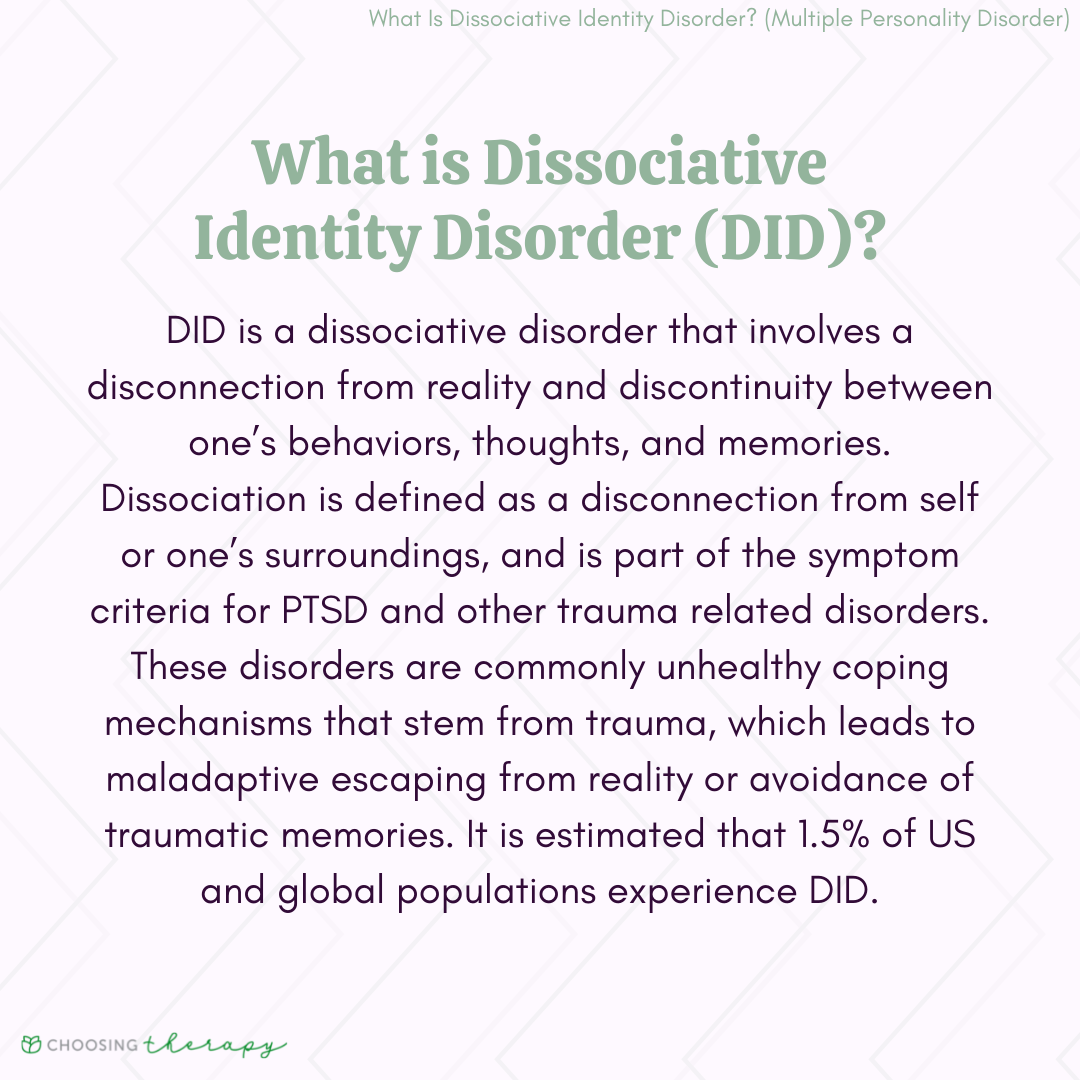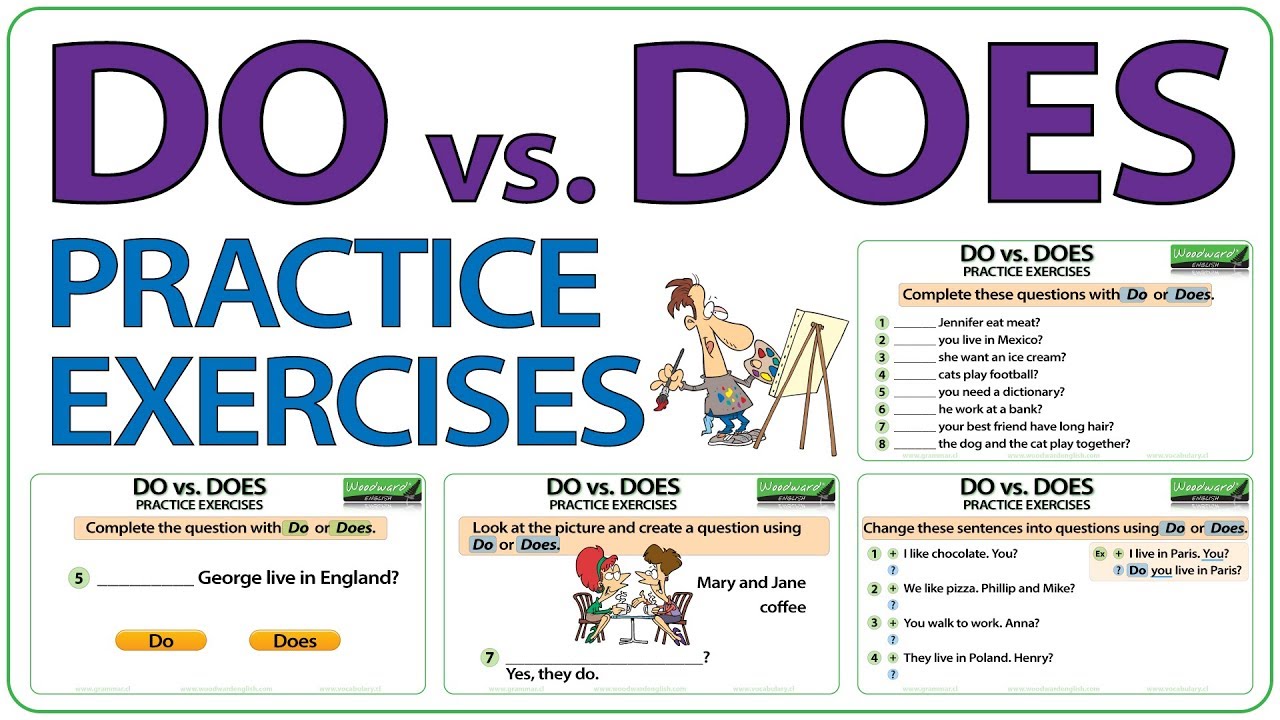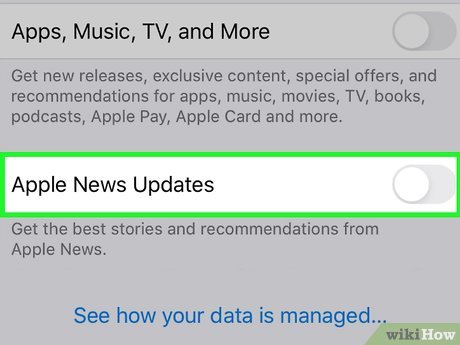Why Facebook Stories Appear in Your News Feed: How It Works and What You Can Do
Understanding the Rise of Facebook Stories in Your News Feed
In recent years, many Facebook users have noticed a significant increase in the number of Stories appearing directly within their News Feed. This shift is not accidental; it is the result of a deliberate strategy by Facebook to enhance user engagement and adapt to evolving content consumption trends. Whether you are a social media marketer, a casual user, or someone managing brand presence, understanding why Stories are so prominent-and how to control what you see-can help you make the most of your Facebook experience.
What Are Facebook Stories?
Facebook Stories are short-form, visual content pieces-photos, videos, or text-that disappear after 24 hours. Originally popularized by Snapchat and Instagram, Stories provide a more spontaneous and less permanent way for users and businesses to connect with their audience. Their temporary nature encourages frequent updates and real-time sharing, making them an attractive feature for both personal and professional accounts.
Why Are Stories Showing Up in the News Feed?
The appearance of Stories in the News Feed is driven by Facebook’s aim to maximize user engagement and keep people on the platform for longer periods. Several factors contribute to this shift:
- Algorithmic Personalization: Facebook uses advanced algorithms, including artificial intelligence (AI) and machine learning, to determine which content appears in your feed. These systems analyze your interactions-likes, comments, shares, and even viewing time-to predict which Stories you are most likely to engage with [1] .
- Increased Content Volume: The volume of Stories published daily has surged, prompting Facebook to find new ways to feature this content more prominently. By integrating Stories into the News Feed, Facebook ensures that users do not miss timely updates from friends, family, and followed pages [1] .
- Content Diversity: Stories offer a different kind of interaction than traditional posts. Their placement in the News Feed provides variety and encourages users to explore a wider range of content formats.
- Monetization and Advertising: Facebook also places ads within Stories, making them a valuable space for advertisers. By increasing the visibility of Stories, Facebook creates more opportunities for ad impressions and revenue [1] .
How Facebook Decides Which Stories You See
The Stories that appear in your News Feed are not random. Facebook’s algorithm takes several signals into account:
- Your Engagement History: If you frequently interact with someone’s posts or Stories, you are more likely to see their Stories in your feed.
- Story Popularity: Stories that are widely viewed or reacted to may be featured more prominently.
- Timing and Recency: Newer Stories are prioritized to ensure content is fresh and relevant.
For example, if you often watch Stories from a particular friend or page, Facebook will ensure those appear near the top of both the Stories section and occasionally within your News Feed stream. Conversely, if you ignore certain Stories, Facebook’s system will gradually show you fewer from those sources.
Managing What Stories Appear in Your Feed
If you wish to customize your Facebook experience and control which Stories appear in your News Feed, you can do so through your account settings. Here is a step-by-step guide:

Source: redbubble.com
- Log In to Facebook: Use your computer or mobile device to sign in to your Facebook account.
- Access Settings & Privacy: Click on your profile picture or the down arrow in the top-right corner. Select “Settings & privacy” from the dropdown menu.
- Go to Feed Preferences: Under “Settings & privacy,” click on “Settings.” Here, you can manage what appears in your feed, including Stories, posts, and reels [2] .
- Find Muted Stories: In the Stories menu, look for “Stories you muted.” This section lists people or pages whose Stories you have previously hidden.
- Unmute or Mute Stories: To unmute, simply click “Unmute” next to the person or page. To mute, follow similar steps and select “Mute” for any unwanted Stories. This will prevent their Stories from appearing in your News Feed and the Stories section [2] .
These steps empower users to curate their News Feed, enhancing control over the type of content they encounter daily.
Examples: Real-World Applications
Case Study 1: A user finds that Stories from acquaintances clutter their News Feed, overshadowing updates from close friends. By muting less relevant sources and unmuting key contacts, the user tailors their feed for a more meaningful experience.
Case Study 2: A small business uses Facebook Stories to post daily promotions. Followers who regularly engage with these Stories see them more often, increasing the business’s reach and engagement rates.
Potential Challenges and Solutions
Challenge: Some users feel overwhelmed by the volume of Stories, especially when combined with ads.

Source: ehsdailyadvisor.blr.com
Solution: Regularly review and adjust your muted Stories list. If you find certain advertisements intrusive, consider adjusting your ad preferences or providing feedback through Facebook’s Help Center.
Challenge: Not all users are aware of the ability to control which Stories they see.
Solution: Familiarize yourself with Facebook’s privacy and feed settings. Take time to explore the options available under Settings & Privacy for a more enjoyable experience.
Alternative Approaches for Managing Your Feed
Beyond muting or unmuting Stories, you can further refine your News Feed by:
- Using the “Snooze” function to temporarily hide posts or Stories from a person or page for 30 days.
- Following or unfollowing pages and groups to increase or decrease their content in your feed.
- Providing feedback on individual Stories or ads by clicking the three dots (“…”) and selecting “Hide Story” or “Report Ad.”
If you seek additional support, you can search for “Facebook News Feed preferences” in Facebook’s Help Center for step-by-step guides and frequently asked questions.
Staying Informed About Changes
Facebook routinely updates its algorithms and interface to reflect new trends and feedback. To stay informed about future changes to Stories and News Feed behavior, consider following Facebook’s official blog or help pages. You can also explore reputable technology news sources for the latest developments and user tips.
Key Takeaways
The growing presence of Stories in your Facebook News Feed reflects both user demand for quick, visual updates and Facebook’s strategy to boost engagement. By understanding how Stories are selected for your feed and learning to manage your preferences, you can create a more relevant and enjoyable social media experience. Whether you are looking to connect with friends more meaningfully or optimize your brand’s reach, the available tools put control in your hands.
References
MORE FROM oncecoupon.com













